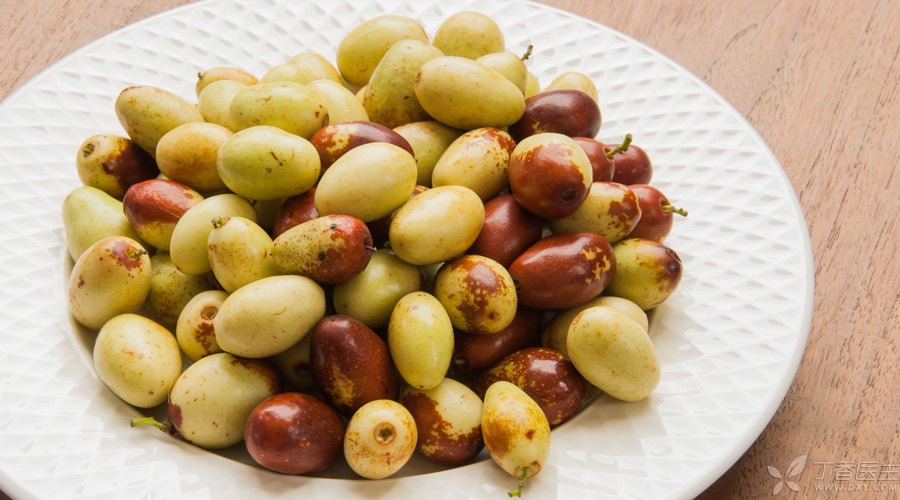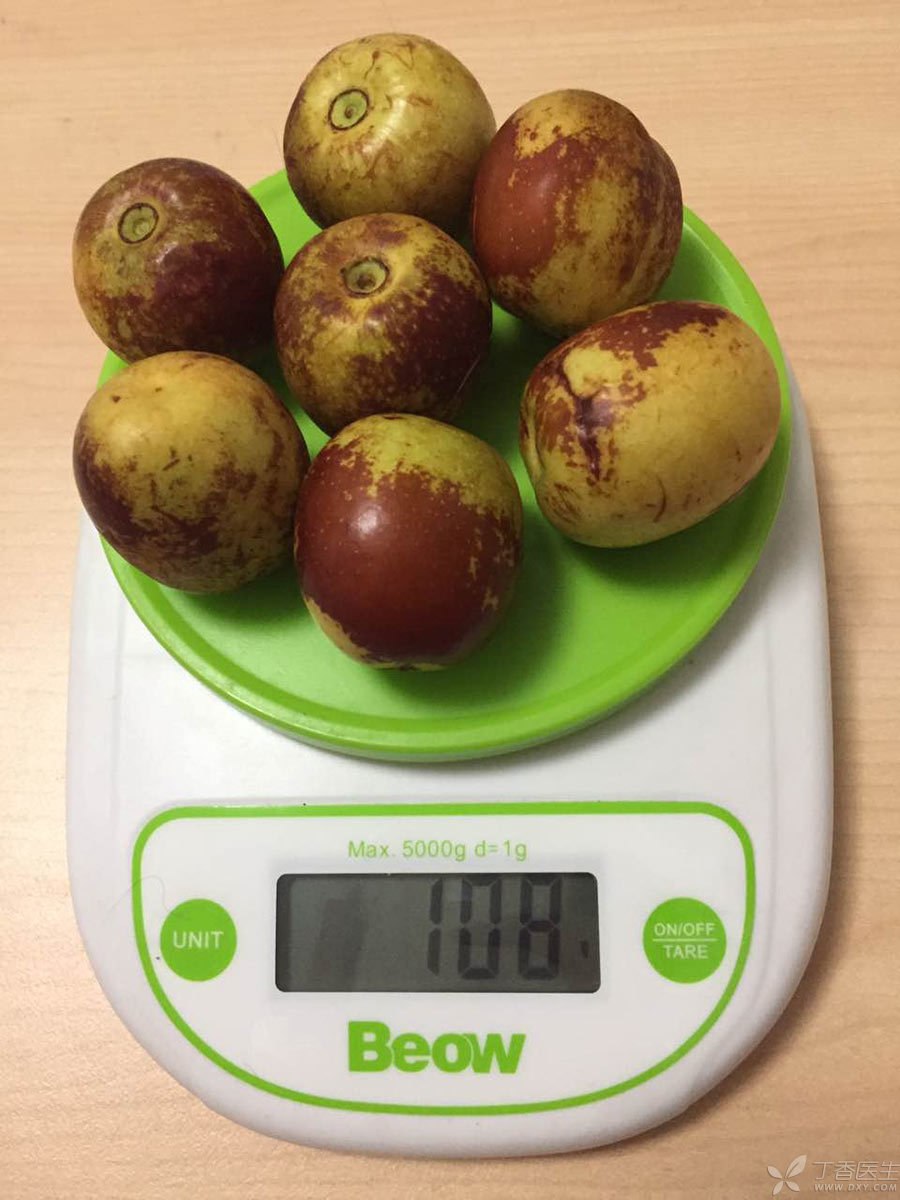
The autumn wind is gradually rising, and a new kind of round and small fruit has been added to fruit shops, that is, winter jujube.
Although people are small, winter jujube has thin skin, crisp meat and sweet fragrance, which has become the first choice for many families in autumn and winter.
Winter jujube is sweet and soaked in saccharin?
Winter jujube is crisp, sweet and fragrant, but many people have doubts:
So sweet, can’t it be soaked in saccharin or sodium cyclamate? It is said that red winter dates are all saccharin dates ripened with saccharin?
In fact, due to the natural advantages of varieties, the sugar content of winter jujube can reach 25% ~ 38% after maturity, and there is no need to use additional sweeteners to [sweeten].
However, there are indeed some people in the market who have taken a crooked mind in order to make a profit before the winter jujube goes on the market in large quantities. The most commonly used method used by illegal traders in various reports is to soak raw jujube in a hot bath with saccharin sodium or sodium cyclamate.
After sweetening with sweetener and ripening and coloring in hot water bath, the originally green jujube skin will turn red and absorb a certain amount of saccharin or sodium cyclamate. At first glance, this is indeed somewhat similar to the ripe winter jujube.
But! Fake cannot be true. There is a clear difference between natural ripening and hot water soaking. This will teach you how to distinguish:
Step 1 Color
- Naturally mature winter jujube: the red color is uneven in depth and will spread out in spots, while the non-red part is slightly yellow, which indicates higher sweetness. Winter jujube cooked with water: the red distribution is unusually uniform and neat, and the boundary between full red or green and red is usually obvious.
Step 2: Taste
- Cooked winter jujube: crisp pulp, uniform and natural sweet taste; Soaked winter jujube: usually it is only sweet in skin, even bitter in sweetness, while jujube meat is dry, wood and sour.
It should be emphasized that saccharin sodium or sodium cyclamate are legal food additives, but they cannot be used in fresh fruits. Therefore, saccharin jujube is indeed an illegal food, but the carcinogenicity spread online is a bit exaggerated.
Winter Jujube: King of Vitamin C
When it comes to the nutritional value of winter jujube, there is a name that can be said to be well deserved: vitamin C Dabu pill.
Although the figure is short, small and round, it contains 243 mg/100g of vitamin C (VC) in the round body of winter jujube, which is almost 60 times that of apple, 10 times that of lemon and 4 times that of kiwi fruit. It is regarded as the king of VC in fruits.
The above is only the average data. The VC content of some varieties of winter jujube can reach the highest level of 500 ~ 600 mg/100g. In case of such a good jujube, if you eat one or two, you don’t have to worry about the VC intake for one day (the recommended VC intake is 100 mg/day).
In addition to VC, the content of dietary fiber, folic acid and nicotinic acid in winter jujube is also the best among fruits.
However, these are all fresh winter dates, not fresh, and nutrition (especially VC) will be greatly reduced.
Small size, large calorie
As a sweet fruit, many people must not be able to keep their mouths shut in front of winter jujube. Eating one basin at a time is definitely not an example.
However, don’t forget what I said earlier, the sugar content of winter jujube is 25% ~ 38%, which not only indicates that it is delicious, but also means that the calories should not be underestimated. Generally, the calories of winter jujube can reach 105 kcal/100g, which is about the same as that of rice (116 kcal/100g).
Is 100 g Winter Jujube a what Concept? There are about 6 or 7 medium-sized ones.

Therefore, if you are collapsing in the sofa and are ready to wipe out a basin of winter dates while brushing your mobile phone, please reach out your hand and pinch the autumn fat that has just been pasted on your stomach these days.
The Relationship between Winter Jujube, Red Jujube and what?
I believe many people will want to ask when they see the ripe winter jujube that turns red all over their bodies:
Can it be used as red dates after drying in the sun?
In fact, in a nutshell, jujube is a general designation for a large category of fruit belonging to the genus Jujube of Rhamnaceae. There are many varieties, but there are three most common eating methods: candied jujube, fresh jujube and dried jujube.
Red dates belong to dried dates, and there is no strict variety restriction in what. All kinds of ripe fresh dates made after drying and removing water [dried dates] belong to the scope of red dates.
The most common red dates in the market are mainly grey dates, Jun dates, golden silk jujube and other individual varieties.
Winter jujube, a variety with thin skin, crisp meat and good taste, can also be sold at a good price. Of course, fresh eating can give full play to its advantages. Few people are willing to use it as red jujube.
If you have to dry the watery winter jujube into [red jujube], it is not impossible, as long as there is no decay and mildew in the process, but don’t expect such [dried winter jujube] to supplement VC.
To be honest, fresh winter dates are so expensive that they are dried in the sun. What is the picture?
